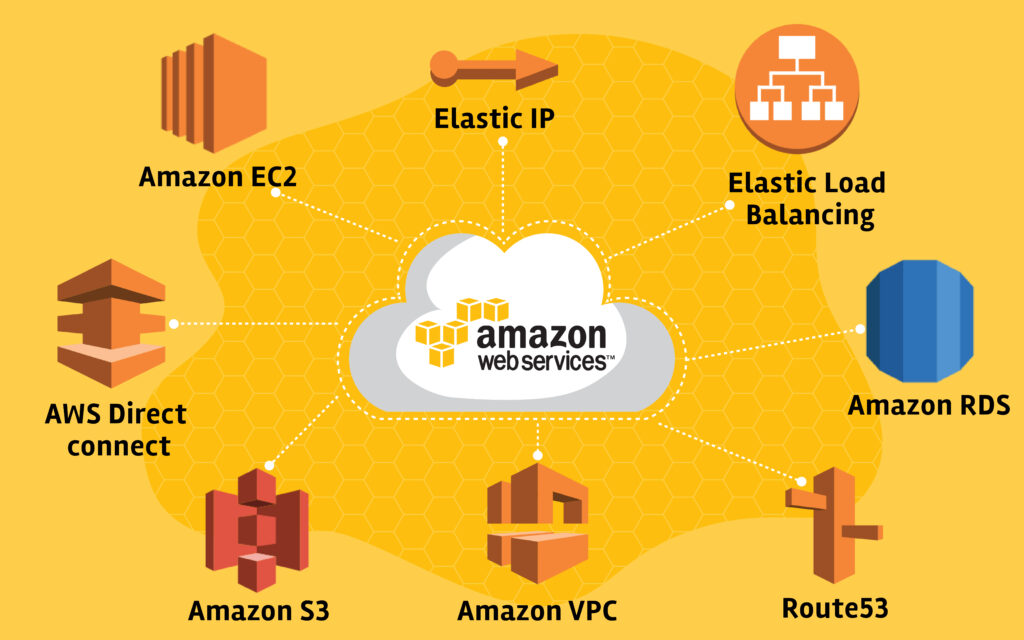
As of September 2021, there are more than 200 services and products available in Google Cloud, across various categories such as compute, storage, networking, databases, big data, machine learning, security, developer tools, and more. This number may continue to change as Google Cloud continues to evolve and release new products and services.
Google Cloud and Amazon Web Services (AWS) are both cloud computing platforms that offer a range of services to help organizations build, deploy, and manage applications and services in the cloud. While there are many similarities between the two platforms, there are also some key differences.
Here are a few key differences between Google Cloud and AWS:
Services: Both Google Cloud and AWS offer a wide range of services across various categories, such as compute, storage, databases, networking, security, and more. However, there are some differences in the specific services offered by each platform. For example, Google Cloud is known for its expertise in machine learning and artificial intelligence, while AWS is known for its dominance in the cloud computing market and its extensive ecosystem of third-party tools and services.
Pricing: Google Cloud and AWS have different pricing structures and models for their services, and it can be difficult to compare them directly. Both platforms offer a variety of pricing options, such as pay-as-you-go, reserved instances, and spot instances, to help users optimize their costs based on their needs.
User Interface: Google Cloud and AWS have different user interfaces and consoles for managing their services. Google Cloud has a more modern and streamlined interface, while AWS has a more complex and comprehensive console that can be overwhelming for some users.
Geographic Coverage: Both platforms have a global network of data centers, but their geographic coverage is slightly different. AWS has a larger footprint and more regions around the world, while Google Cloud has fewer regions but has been expanding its global presence in recent years.
Ultimately, the choice between Google Cloud and AWS depends on the specific needs and requirements of an organization, as well as factors such as cost, performance, scalability, and ease of use.
This article is shared by https://www.itechscripts.com/website-cloning/ | A leading resource of inspired clone scripts. It offers hundreds of popular scripts that are used by thousands of small and medium enterprises.








